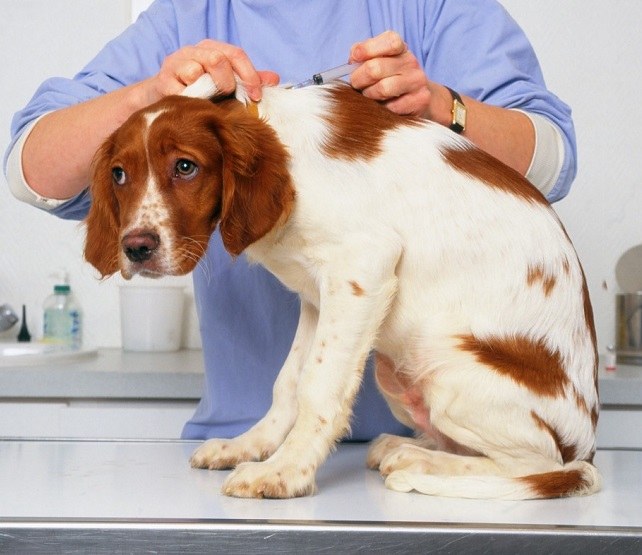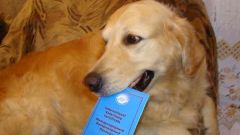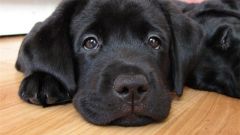How and when do dogs vaccinated against distemper
In the first two months the puppy has a passive immunity to infectious disease obtained with mother's milk. But after he switched to normal food, and ceased to suck milk, he needs to be vaccinated. The plague dogs are vaccinated at the age of 2 months. Currently, in veterinary clinics are used of mono - and multivalent vaccines. Polyvalent vaccines contain strains of several viruses. Because the puppy at this age is still small and weak enough not to do him a shot of polyvaccine containing a large number of strains, it is enough to pierce his monovalent vaccine or the distemper, which contains additionally the hepatitis b virus, or adenovirus enteritis. The second and third times vaccination is carried out after the change of milk teeth at the root every 2 weeks.
Before vaccination it is necessary that the puppy was healthy. This means that at least 2 weeks prior to vaccination it is better not to display to the street below he had not caught any disease and is not cold. In this period it is necessary to carry out the anthelmintic treatments to rid your dog of worms. The vaccine must not be expired and it must be stored in suitable conditions. A shot you need to do on an empty stomach, before vaccination, dogs are not allowed to wash or load it physically. It is better if vaccination will be performed in the veterinary clinic. After vaccination the dog must still hold in the home days 13-15, this will be enough time that its body has already developed immunity. Repeat vaccinated against distemper annually.
The effects of distemper vaccination
After vaccination the dog may look lethargic and sick, her temperature can increase from the standard 38 to 40. Such symptoms may occur several days and even a week right after were vaccinated. If the condition of the dog is not stabilized, you should take her to the vet. Sometimes the injection site may occur swelling or a lump. Of particular concern it the dog does not deliver, though it can be painful to the touch. As a rule, after some time, these bumps resolve on their own.
But Allergy symptoms must cause anxiety of the owner, since it can provoke anaphylactic shock and even death of the animal. Symptoms of an allergic reaction is excessive salivation, shortness of breath, weakness and bluish discoloration of the mucous membranes. At the first signs of allergies, the dog should be sent immediately to the veterinary clinic.






